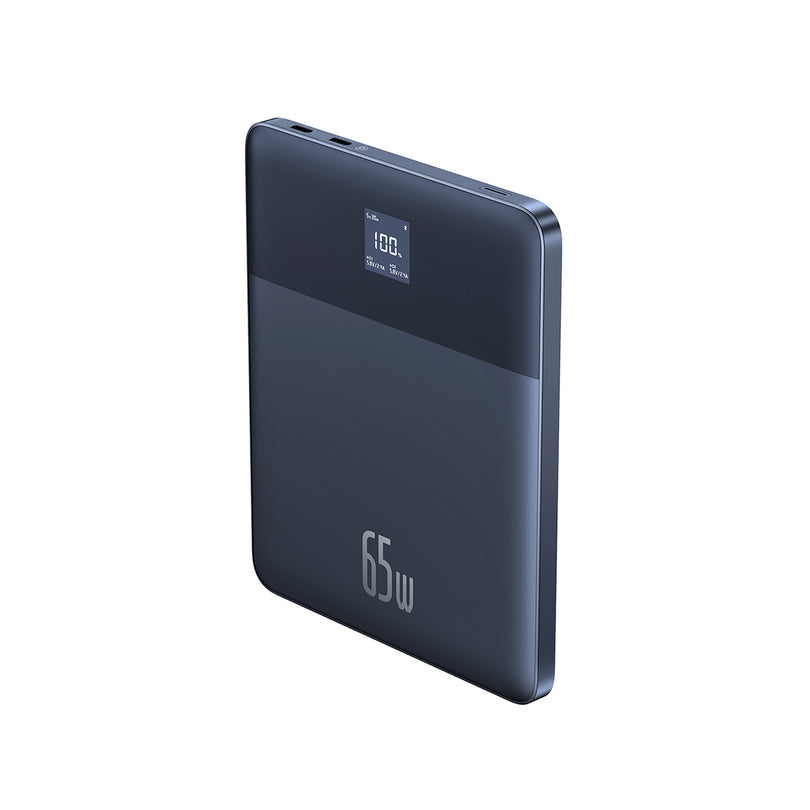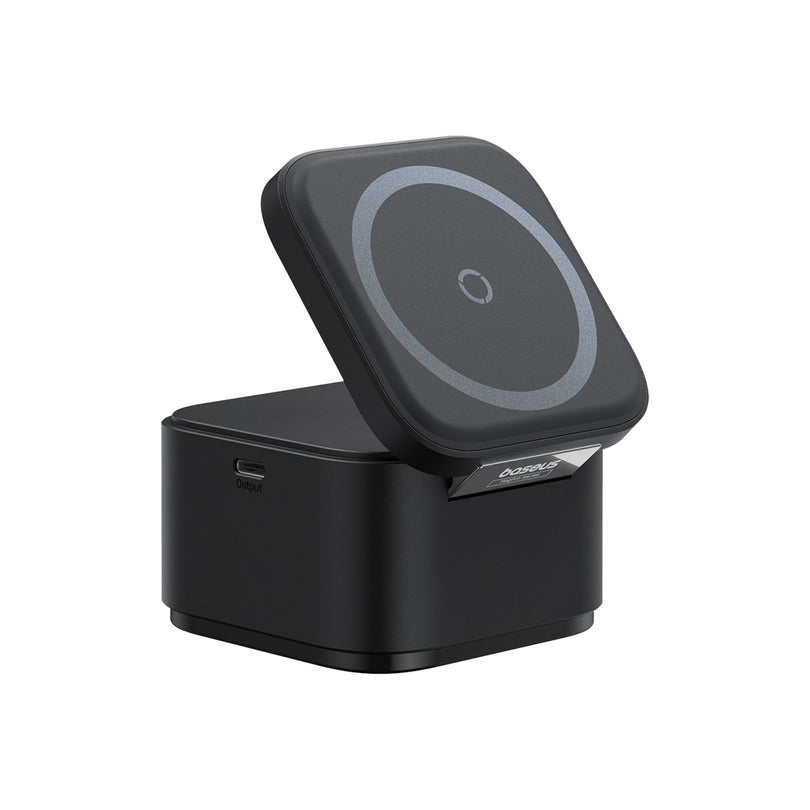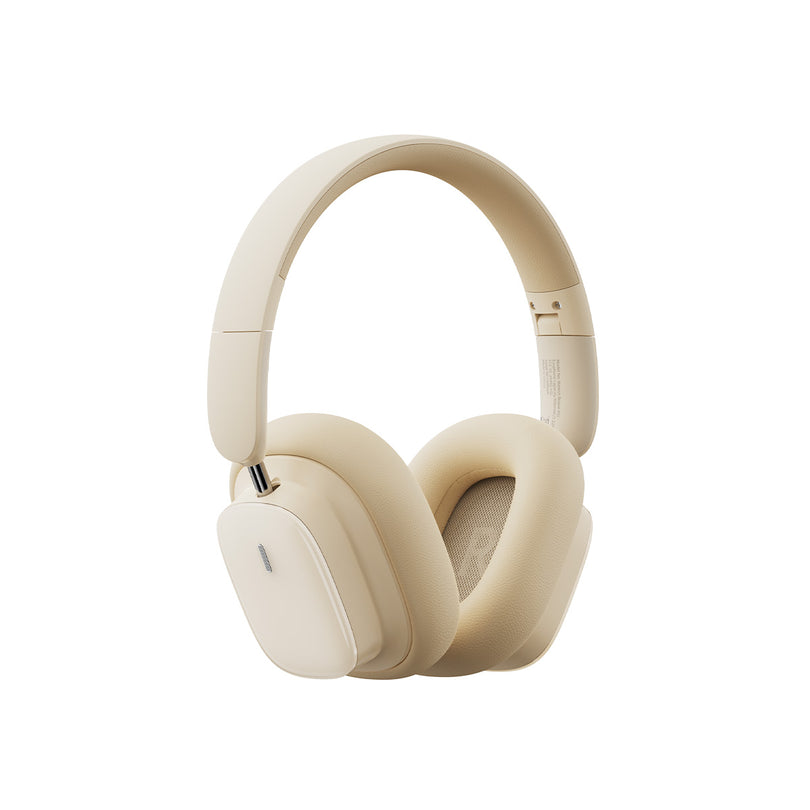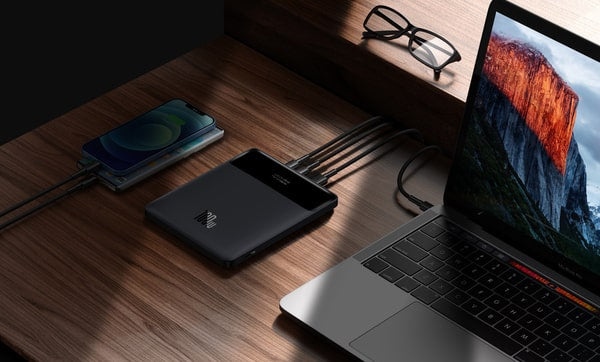Technology has made our format of storing data more compact and easier, from the use of Punch Cards with the capability of data storage of up to 80 characters, Magnetic Tapes with as much as 10,000 punch cards per single roll, Hard Drives that could hold 5MB of data, Floppy disk with 80 KB of data, and now Flash Drives and USBs.
Looking at it today, all information needed to store and transfer can now be quickly done since the flash drives, and USBs came about. It is now considered a personal device due to it being compact and portable.
Take note, this USB-C was developed to lessen complications about having to migrate data, save files, transfer documents and information. It is also created to make a uniform and universal format for all computer or PC connectors. Considered as most reliable in terms of data storage, using USB-C can help you secure data properly.
The USB we know today was created to standardize a connection protocol for virtual devices that we now see used worldwide, allowing users to experience a seamless and fast transfer of all their data.
What is USB Type-C?
The USB Type-C (or USB-C), as it is known, is a game-changer when it comes to universal connection ports. It is currently the standard being used for its all-in-one transmission using a single cable for data and power.
This device is present in all external hard drives, smartphones, and other laptops. Its presence in all the devices we have to date is made possible by how it was created. It came about when this was developed and introduced to the market by the household names in technology and devices we are familiar with today.
Is Type-C like Micro USB?
They may look the same, but there is more than meets the eye for the USB-C and Micro USB case. Apart from having a cable and port, these two actually have differences when it comes to some factors like their uses. USB-C is more in line with smartphones and your computers.
The micro USB is used in a smart home appliance and camera device. Another thing to take note of is that USB-Type C has eliminated the correct orientation type of inserting into ports, unlike the Micro USB. This allows the user to be able to attach or connect it into their devices freely on whatever side.
What’s the difference between USB-C and USB 3 (and its variations)?
The USB-C, as defined, is a reversible plug, but unlike the USB 3, it has a few different variations or generations as it is called that has definitions on how it can be used. To not get confused, a USB 3 can be seen in an external hard drive that does not have a USB-C.
USB 3 has become the standard through time and has evolved from there into a series of generations with specifications that have different capabilities, just like that of the USB 3.1 Gen 1 that was renamed into USB 3.1 Gen 2 that is capable of transferring data at a high speed of 1.25GB per second. USB 3.2 arrived in 2017 and was able to incorporate both capabilities of the 3 and 3.1, respectively, still at the same speed.
Same with the USB 3 Gen 2x1. Lastly, the USB 3 Gen 2x2 uses both to transmit but is with a transfer speed of 2.5GB maximum. All these have ports, including the USB C type and primarily type A, but not all.
Here is a chart for better reference:
| Type of Variant | Rate Speed | Compatible With |
| USB 3.2 Gen 1 | 5 Gbps | USB Type-A or Type-C |
| USB 3.2 Gen 1x2 | 10 Gbps | USB Type-A |
| USB 3.2 Gen 2x1 | 10 Gbps | USB Type-A or Type-C |
| USB 3.2 Gen 2x2 | 20 Gbps | USB Type-C |
5 Key Benefits of Type-C Ports and Cables
1. Easy access to inserting in one's device
The reversible design it has for connecting into ports makes this more favorable for many. This makes it possible for any user to optimize usage on either side of the port in one swift insert when attaching.
2. Can transmit data at a higher rate
Enjoying your videos, storing photos, and transferring data can now be done faster with the USB Type-C charger cable. This connector is certified high performance given that it is used in the ports that it is compatible with as discussed prior.
3.Safer for use and durable
Due to its design that is sure to be refined, this type is safer and durable since it is said to hold up to 1000-1500 times of insertion, attachment, circling, and removal. The change in location for the leaf-spring design can also help in avoiding more stress put into the cable and not the port. Saving you more money and is durable as it is.
4. Compatibility on most devices
This device can be used for almost anything as this has been established as a universal solution for all variants. This makes a more excellent option for users whenever they need a connector for other third-party devices in their home or work.
5. The presence of EMI and RFI
Electromagnetic interference and Radio Frequency interference present in these components allow lesser electrical failure as it is improved alongside its change over time. This way, the user can be confident in using it for long periods of time as it is deemed to have better features that can protect it from damage.
Data speeds and power of USB-C
The USB-C has already been noted as a universal connector, but there is another player in the field called the Thunderbird 3 and 4. These additional types go far beyond the data, charging and video playing.
The Thunderbolt or Thunderbolt 2 and 3 that we all see now and are quite familiar with is brought about by the big players of Apple and Intel through their collaboration. This was made for the betterment of data lanes and the display port hardware. The Thunderbolt 3 is made to be able to pave the way for the increase of bandwidth and functionality of using your device while transferring data accordingly, i.e., your MacBook and its non-interference of 4k display capability while in process.
Do you need to use USB Type-C?
Nowadays, yes. The USB-C is needed as the one port to rule them all. The shift into these types of connectors is now slowly being pushed into the market. This can be the universal solution all manufacturers of hardware devices, whether phones, tablets, or computers, can turn into.
We have to consider that this was done for standardizing the connection wires needed in transferring and connecting into different devices. It is compact and flexible and made more durable to ensure that it lives up to its capabilities and features as the universal solution for the future of technology.
In due time, we will see how the advancements of all these devices can turn into thus making previous existing connectors turn obsolete since the USB-C type can be the only thing needed for all users and their hardware or devices. How the players in the market can spread this into the market will be made by having all their ports compatible to this type of cable or connector solely if they key and phase out the earlier ones that have existed long before.
 United States/English
United States/English










